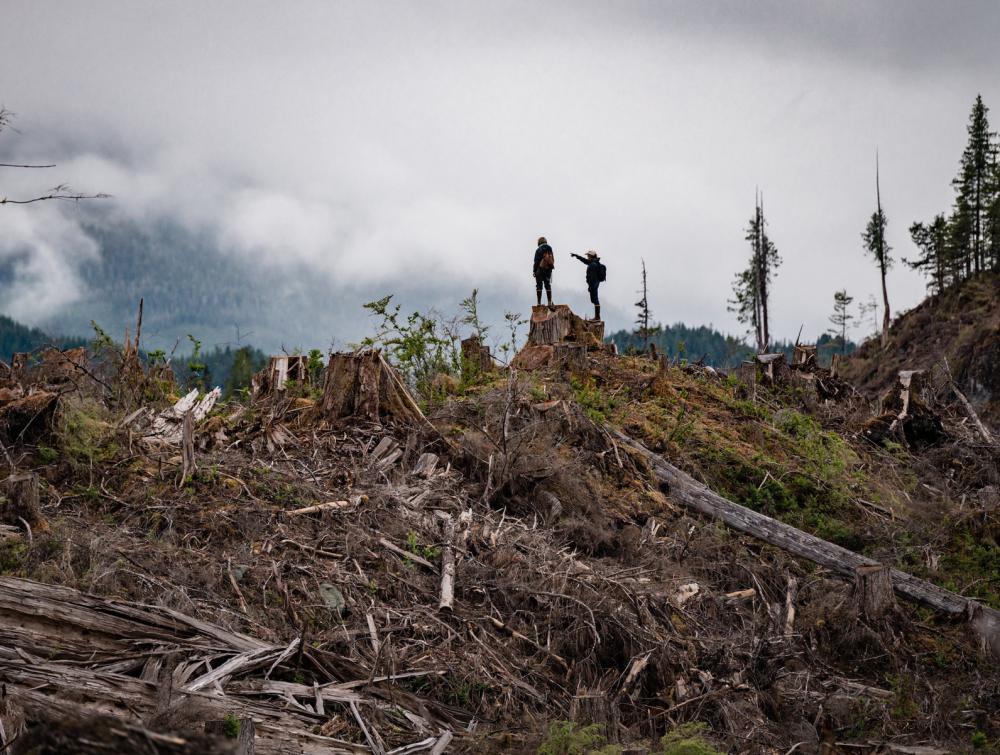Tongass protections could once again be on the chopping block

Tongass National Forest, Alaska
Colin Arisman
Trump directs administration to eliminate protections and open forest to logging
Hard-fought protections for the Tongass National Forest are once again in jeopardy. On Day 1, President Trump, along with a flurry of other chaotic, senseless anti-public lands attacks, directed his administration to erase popular protections that prohibit industrial logging and most roadbuilding across nearly 9.4 million acres in Southeast Alaska.
As the nation’s largest national forest, the Tongass contains the largest tracts of old-growth forests left in the United States and contains nearly one-third of the old-growth temperate rainforest remaining in the world.
Importantly, the lands within the Tongass National Forest are part of the ancestral homelands of the Tlingit, Haida, and Tsimshian people, and today, many Indigenous communities continue to rely on the Tongass for wild food harvesting and traditional lifeways. Removing forest protections risks staggering consequences for their culture and food security.
Protections are widely popular in Southeast Alaska and nationally
For decades, large swaths of the Tongass’ old-growth forest were logged for commercial gain. In 2001, the “Roadless Rule” protected the wildest parts of the Tongass and other national forests across the United States from logging, road building, and other industrial development with limited exceptions. But in October of 2020, the U.S. Forest Service, under the Trump administration, exempted the Tongass from the 2001 Roadless Rule, eliminating protections for nine million acres for potential development
Then, in 2023, the Forest Service under the Biden Administration reinstated Roadless Rule protections through the Southeast Alaska Sustainability Strategy (SASS), which also identified opportunities for investments that reflect the diverse opportunities and needs in the region.This was a huge win for Tribal leaders, recreational small-business owners, commercial fishing operators, and conservationists.
Recent actions from the Trump Administration have evoked whiplash on communities in Southeast Alaska – the same communities that have for years been a driving force behind efforts to prevent destructive logging and other forms of development in the wildest parts of the Tongass.
People across the country want to see protection for the Tongass, too. In fact, when Trump rollbacked protections in 2020, 96 percent of comments submitted by the public were in support for keeping Roadless Rule protections in place.
The fight in the Tongass is a national story
The 2001 Roadless Rule successfully protected 58.5 million acres of national forest roadless areas from road building and logging. But based on the current administration's actions so far, including sweeping attacks to gut and destabilize the Forest Service, rollbacks at the Tongass National Forest might just be the start to a bigger fight in scope to defend the Roadless Rule.
What to expect next
Trump identified the Tongass National Forest as a target to once again eliminate protections through his Executive Order, “Unleashing Alaska’s Extraordinary Resource Potential.” We don’t know when the Administration will follow through on this Executive Order to rollback protections on the Tongass, but it could happen suddenly and at any moment.
The Wilderness Society can be a source for you in your reporting on the Tongass National Forest and the Roadless Rule. To connect with our policy experts, scientists, and contacts in Southeast Alaska, please contact edenny@tws.org
